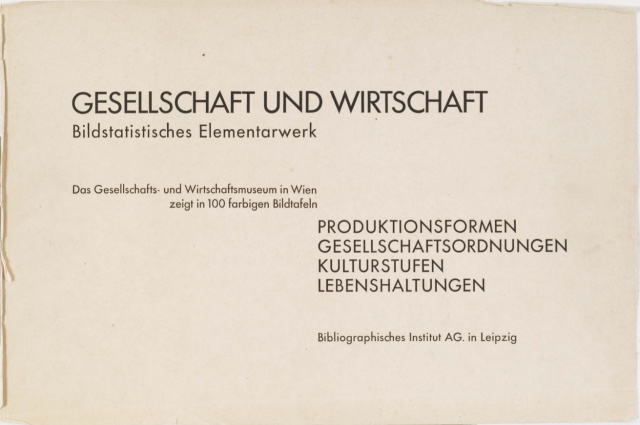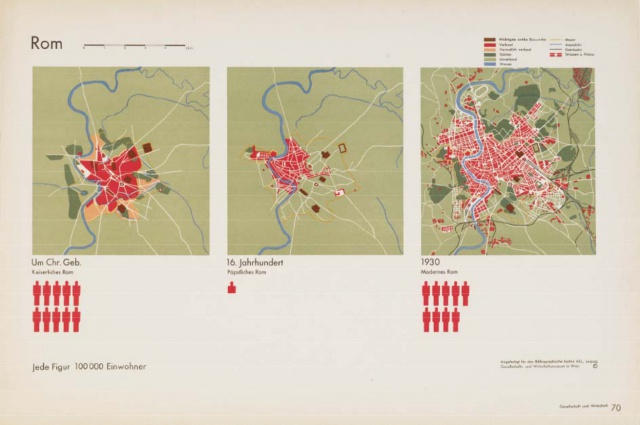Hillel Schwartz: The Culture of the Copy: Striking Likenesses, Unreasonable Facsimiles, 2nd ed. (1996/2013)
Filed under book | Tags: · animal, appropriation, art, children, computing, copy, death, fashion, film, gender, genetics, history, imitation, japan, language, machine, memory, music, photography, piracy, property, reenactment, reproduction, sculpture, simulation, slavery, statistics, surgery, technology, theatre, time, war

The Culture of the Copy is an unprecedented attempt to make sense of the Western fascination with replicas, duplicates, and twins. In a work that is breathtaking in its synthetic and critical achievements, Hillel Schwartz charts the repercussions of our entanglement with copies of all kinds, whose presence alternately sustains and overwhelms us. Through intriguing, and at times humorous, historical analysis and case studies in contemporary culture, Schwartz investigates a stunning array of simulacra—counterfeits, decoys, mannequins, and portraits; ditto marks, genetic cloning, war games, and camouflage; instant replays, digital imaging, parrots, and photocopies; wax museums, apes, and art forgeries, not to mention the very notion of the Real McCoy. Working through a range of theories on biological, mechanical, and electronic reproduction, Schwartz questions the modern esteem for authenticity and uniqueness. The Culture of the Copy shows how the ethical dilemmas central to so many fields of endeavor have become inseparable from our pursuit of copies—of the natural world, of our own creations, indeed of our very selves.
This updated edition takes notice of recent shifts in thought with regard to such issues as biological cloning, conjoined twins, copyright, digital reproduction, and multiple personality disorder. At once abbreviated and refined, it will be of interest to anyone concerned with proglems of authenticity, identity, and originality.
First published in 1996
Publisher Zone Books, New York, 2013
ISBN 1935408453, 9781935408451
480 pages
Review (Terence Hawkes, London Review of Books, 1997)
Review (Francis Kane, The New York Times, 1997)
Review (Todd Gitlin, Los Angeles Times, 1997)
Download (removed on 2014-3-20 upon request of the publisher)
Comment (1)Gerd Arntz, Otto Neurath, et al.: Gesellschaft und Wirtschaft: Bildstatistisches Elementarwerk (1930) [German]
Filed under book | Tags: · data visualisation, economy, graphic design, infographics, society, statistics

Economy and Society: Elementary Pictorial Statistics is an early example of socially-engaged piece of graphic design. The work was commissioned by the Bibliographical Institute in Leipzig, an important publisher of reference works and dictionaries, to the political economist and Vienna Circle philosopher Otto Neurath and his initiative, the Museum of Society and Economy.
The city-funded Museum was conceived as an institution for informing the public about the results of sociological and economical research. It staffed Marie Reidemeister, the University of Göttingen educated mathematician, Josef Jodlbauer and others. Since 1928 they also worked with graphic artist and council communist Gerd Arntz. The team developed their own method of visual education, picture statistics, hoping to ensure that even “passers-by [..] can acquaint themselves with the latest sociological and economical facts at a glance,” and later to become known as Isotype.
Economy and Society was made as a collection of one hundred statistical charts printed on loose leaves, depicting the state of world affairs of their day, with thirty text tables of source statistics included in an appendix.
“Isotype was conceived as a picture language for teaching purposes and as a lingua franca, not a universal code. Its signs were constructed as clearly as possible in themselves, so they could be used without the help of words. The signs were arranged into ‘fact pictures’ according to certain rules, which were set up by a ‘chief organization’ – as Neurath called his workrooms at The Hague. Thus a picture language emerged from the consistent use of expert graphic design. Its elements or pictograms were reduced to the smallest possible detail of what they represented, for example starting with the outline of a ‘man’, and if necessary, adding attributes to identify the man as a ‘worker’, a ‘coal miner’ or an ‘unemployed person’, and so on. Perspective was abandoned in the pictures, illustrating details were banned and any use of colors would be standardized. Starting with Gesellschaft und Wirtschaft, the picture books produced show the struggle to build up a visual system of rules and signs. As its goal, Neurath identified the ‘education of public opinion’ and, on the utopian level, access to knowledge for all: ‘The Isotype picture language would be of use as a helping language in an international encyclopaedia of common knowledge’.” (this paragraph is taken from Frank Hartmann, Humanization of Knowledge Through the Eye, 2005)
Elementarwerk. Das Gesellschafts- und Wirtschaftsmuseum in Wien zeigt in 100 farbigen Bildtafeln Produktionsformen, Gesellschaftsordnungen, Kulturstufen, Lebenshaltungen
Publisher Bibliographisches Institut, Leipzig, 1930
130 leaves
via Libcom.org
Commentaries: Nader Vossoughian (2003), Sybilla Nikolow (2006), Ed Annink and Max Bruinsma (n.d.), Robin Kinross (2008).
PDF (15 MB)
See also International Picture Language: The First Rules of Isotype, 1936
Comment (0)A Million Random Digits with 100,000 Normal Deviates (1955/2001)
Filed under book | Tags: · computing, cryptography, mathematics, probability, randomness, statistics

“Not long after research began at RAND in 1946, the need arose for random numbers that could be used to solve problems of various kinds of experimental probability procedures. These applications, called Monte Carlo methods, required a large supply of random digits and normal deviates of high quality, and the tables presented here were produced to meet those requirements. This book was a product of RAND’s pioneering work in computing, as well a testament to the patience and persistence of researchers in the early days of RAND. The tables of random numbers in this book have become a standard reference in engineering and econometrics textbooks and have been widely used in gaming and simulations that employ Monte Carlo trials. Still the largest published source of random digits and normal deviates, the work is routinely used by statisticians, physicists, polltakers, market analysts, lottery administrators, and quality control engineers. A 2001 article in the New York Times on the value of randomness featured the original edition of the book, published in 1955 by the Free Press. The rights have since reverted to RAND, which reissued a new edition of the book in its original format, with a new foreword by Michael D. Rich, RAND’s Executive Vice President.”
Originally published by Free Press, Glencoe, Illinois, 1955
With a foreword by Michael D. Rich
Publisher Rand Corporation, 2001
ISBN 0833030477, 9780833030474
628 pages
Reviews (Amazon.com)
PDF (47 MB, updated on 2018-3-17)
PDF (a file containing the Table of Random Digits in plain text form, TXT)
PDF (a file containing the Table of Random Normal Deviates in plain text form, TXT)


